
A 17 year old teenager living in the United States managed to produce an engine that does not need rare elements, which are of great importance in the production of electric cars, but is problematic for the environment and cost. It was stated that electric cars with this engine will be completely sustainable.
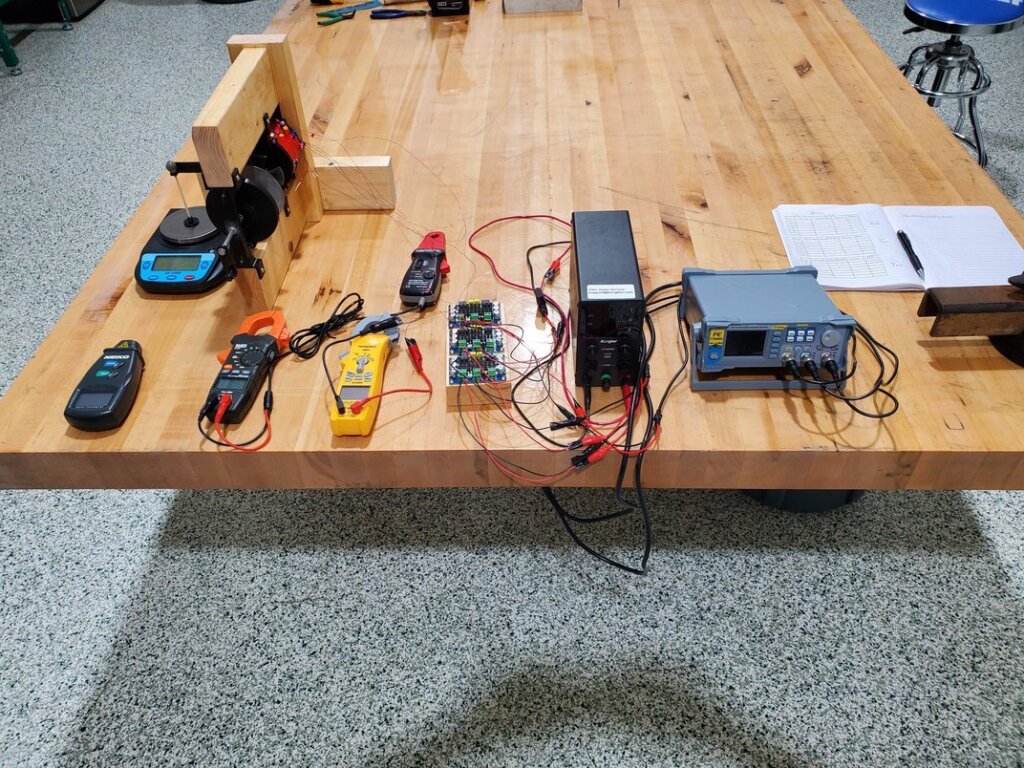
The carbon footprint of the automotive industry is quite large, which makes giant companies in this field turn to electric cars for a more sustainable future. Many giant brands from around the world are introducing their new electric cars every year and say that they will abandon traditional vehicles in the 2030s.
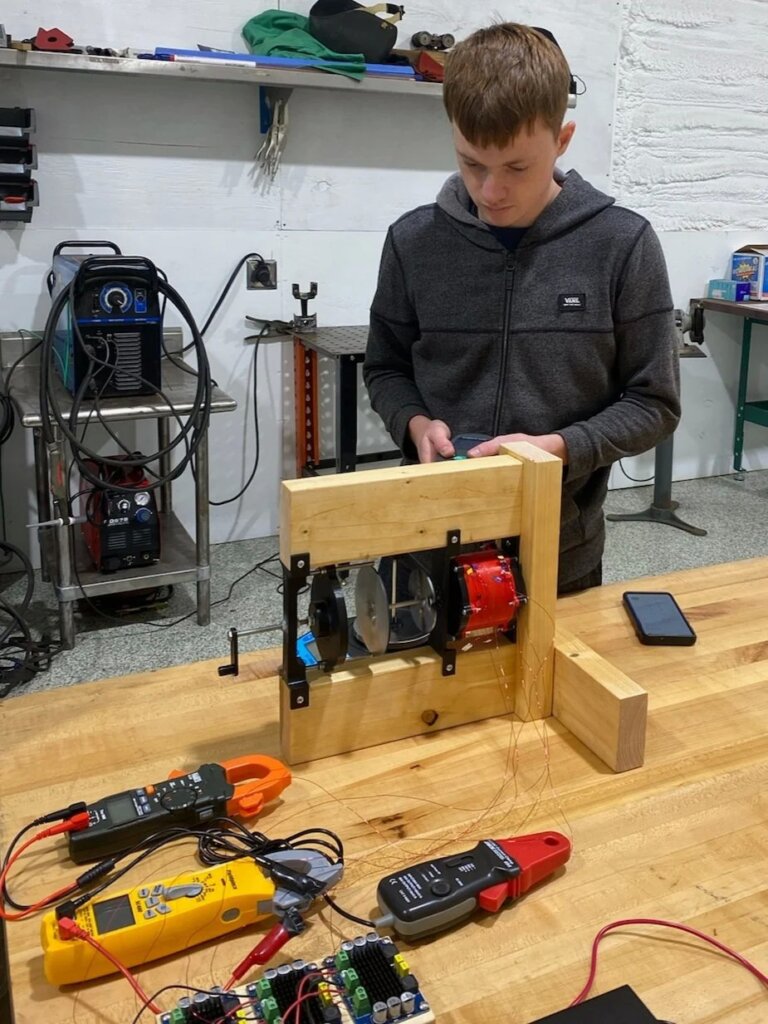
However, for the production of such electric vehicles, high-cost and high-impact elements such as neodymium in batteries are required. Here is a 17-year-old teenager in the United States who says that he has designed an engine that can be used to produce electric cars that do not need these rare elements.

Why Is It Necessary to Move Away from Rare Elements?
First, let’s talk a little about the effects of these rare earth elements. Elements such as neodymium, from which the magnet used in the engines of vehicles is produced, play a key role for parts that power electric vehicles today. To turn it on even more, electric vehicles use magnets made of such elements to obtain power. However, these elements also have some negative sides.
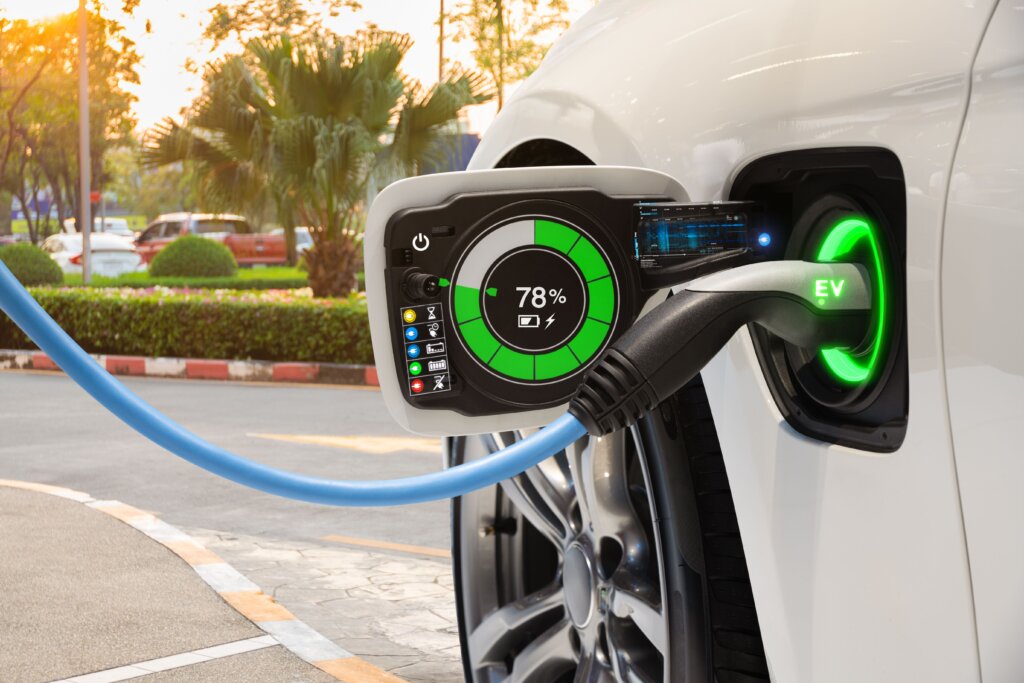
Electric vehicles heavily on running a professor at the University of Michigan Heath Hoffman, neodymium, samaryum, the demand for rare elements such as dysprosium magnetic motors is very high and is not very sustainable, he says. In addition, he emphasizes that there is a demand for these elements from different areas.
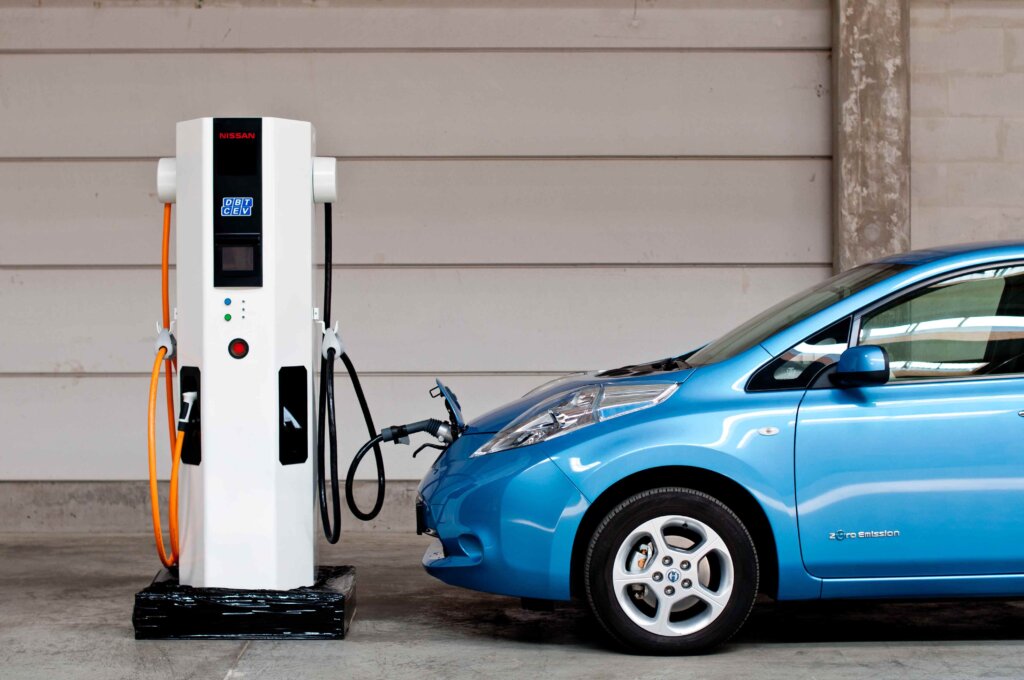
According to experts, the extraction of such rare earth elements can have bad consequences, both financially and environmentally. The removal of such elements harms the environment and undermines the sustainability of electric vehicles. In addition, the costs of the elements October are also quite high. In turn, a kilo of a rare element can be sold for hundreds of dollars, but a kilo of a common element, such as copper, costs 7-8 dollars. This shows the huge difference in costs.

Sansone, 17, wants to end the need for rare elements in electric cars
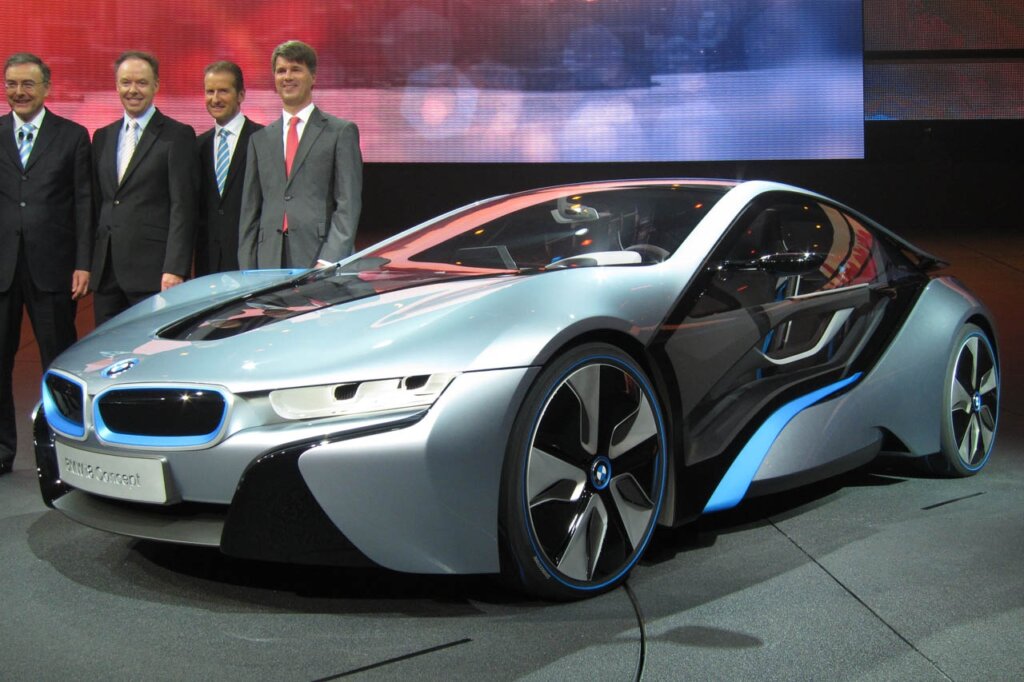
17-year-old Robert Sansone is a teenager who has been engaged in engineering for a long time. This friend of ours, located in the US state of Florida, has carried out 60 different engineering projects so far. But the last thing he is doing is a project that has the potential to make a great contribution to the future of humanity.
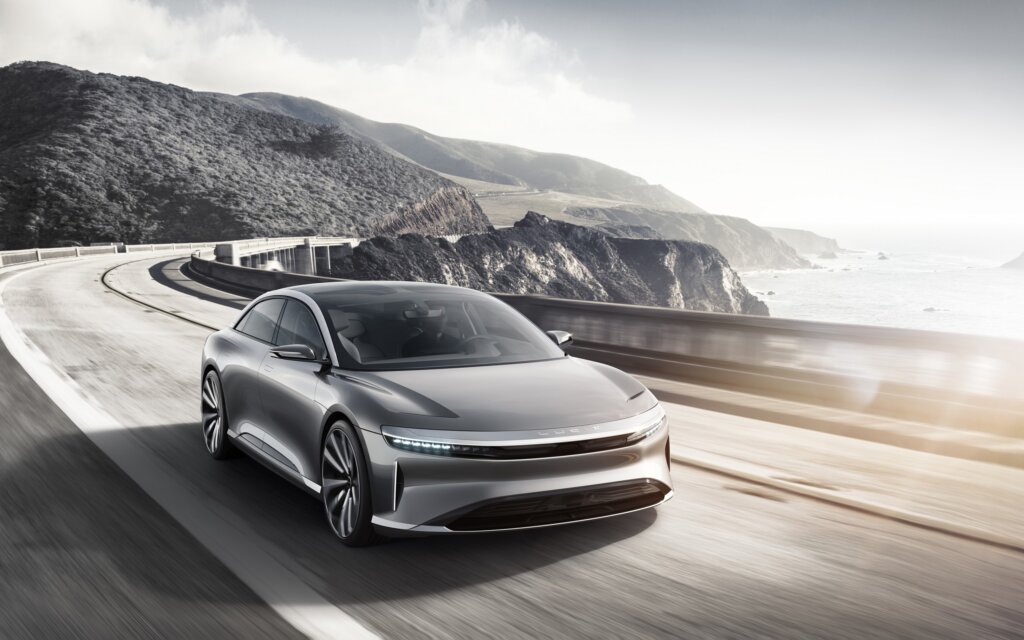
Sansone says that two years ago he came across a video about the advantages and disadvantages of electric vehicles, where he saw the need for rare elements. The teenager, who stated that he was interested in electric motors, then decided to design a different motor that could help sustainability.
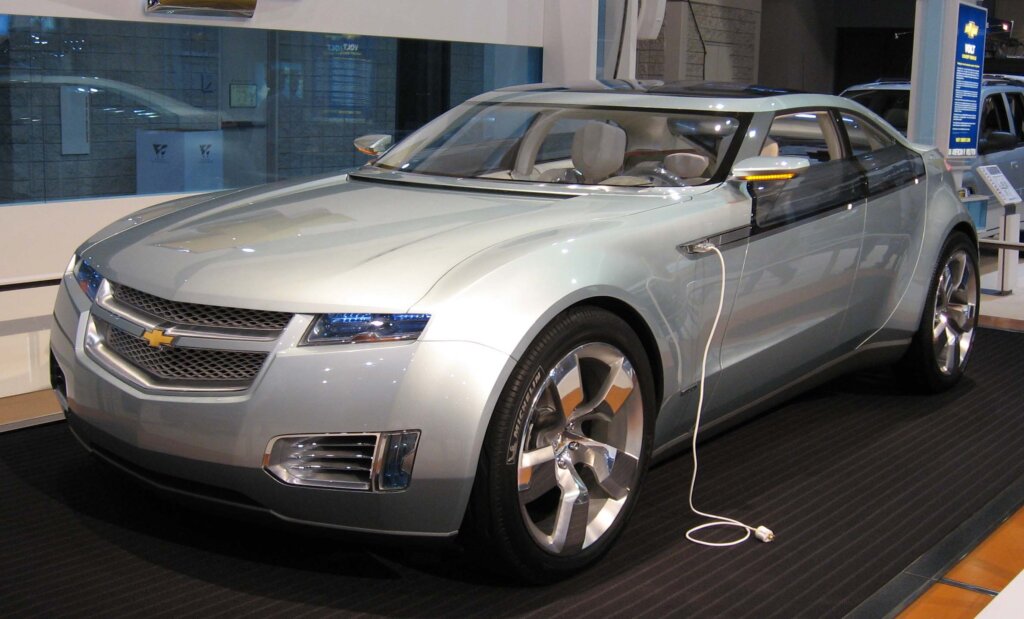
Electric motors, called reluctance motors, do not need rare earth elements. These motors, which are not powerful enough to be used in electric vehicles, are currently used in vehicles such as pumps and fans. Stating that he had heard of these engines before, Sansone also began to try to improve the performance of the reluctance engine. Working for a year, the high school student created a prototype with more torque and efficiency than existing engines.
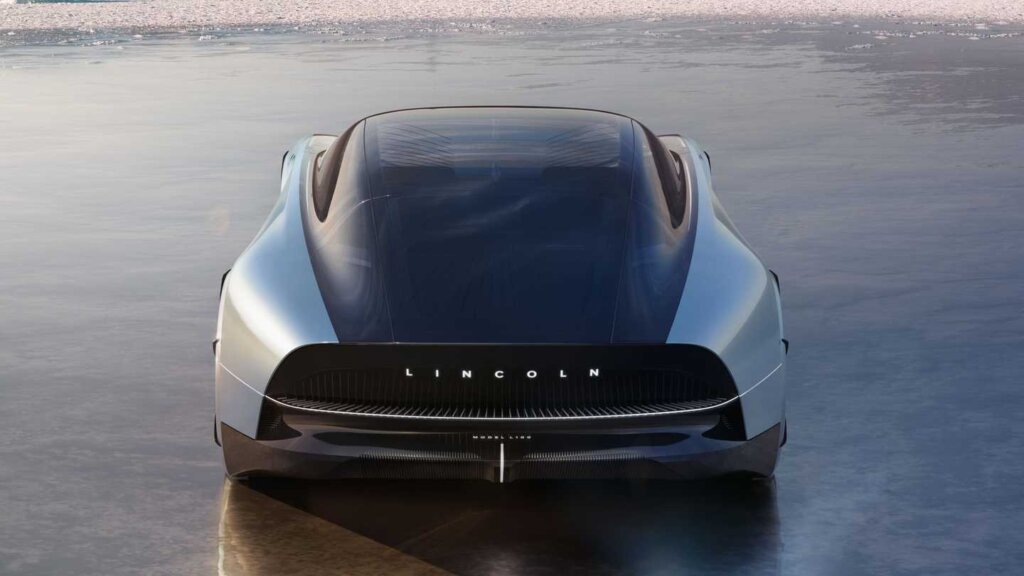
According to the descriptions, this prototype is made of plastic, copper wires and a steel rotor created by 3D dimensional printing. Sansone’s work won first place and a $75,000 prize at the Regeneron International Science and Engineering Fair in the United States.
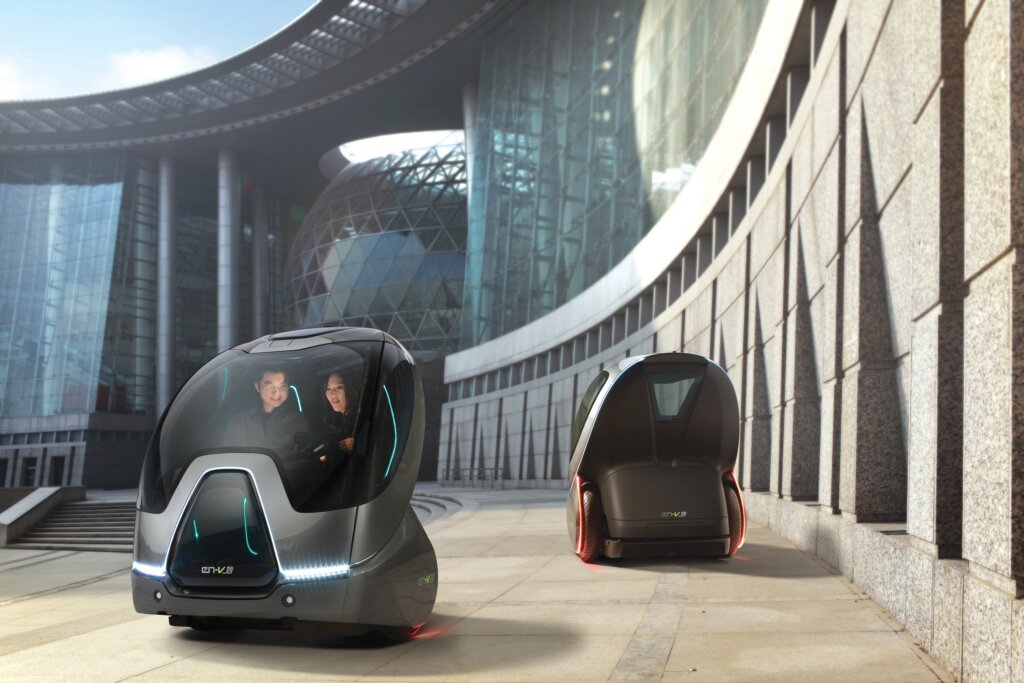
“The fact that the vehicles are fully sustainable with my engine means that my dreams will come true”
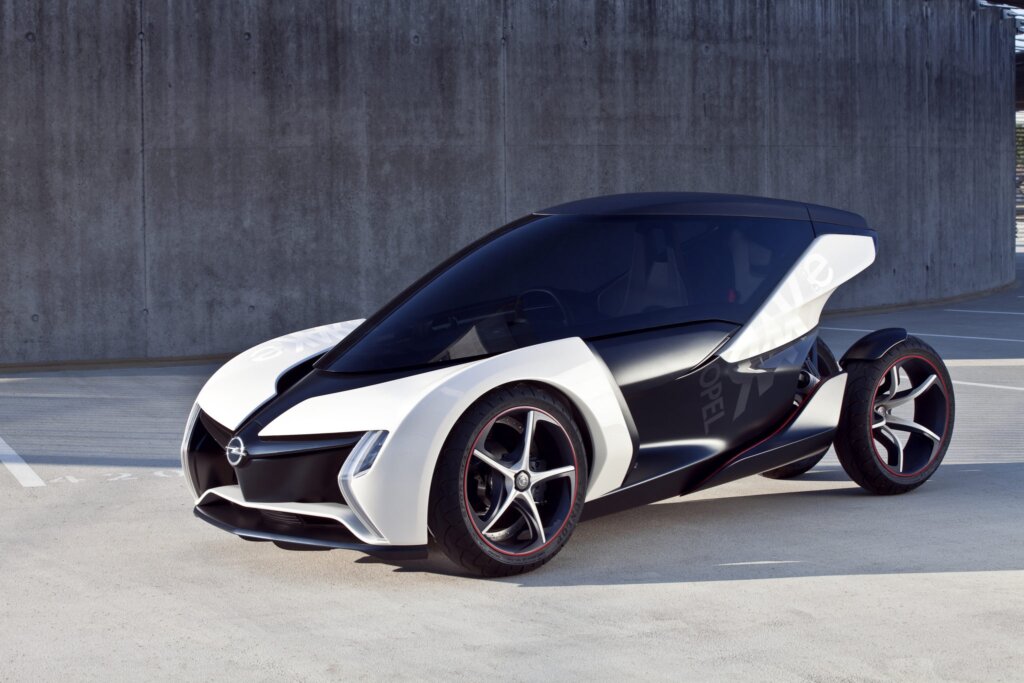
Reluctance motors use steel rotors and air cavities. Sansone also notes that he thinks that using the air gap to increase the reluctance (magnetic resistance) rate could add another magnetic field to the motor. the young engineer, who added that he managed to produce a working prototype after 15 unsuccessful attempts, refrains from giving more details about the project, as he plans to obtain a patent for his technology in the future.

Finally, it was also stated that Sansone tested the prototype in terms of efficiency and torque. As a result of these tests, it was found that the design exhibited 39% more torque and 31% more efficiency at 300 rpm.
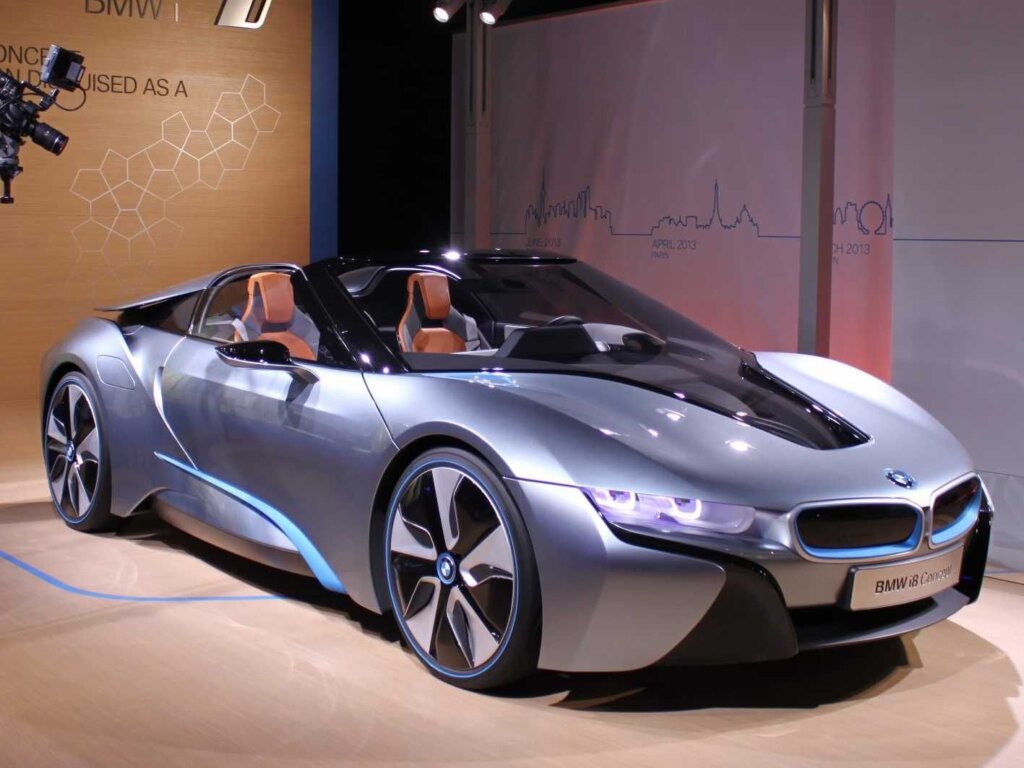
Heath Hoffman from the University of Michigan, on the other hand, noted that Sansone’s project is promising, but the production of such reluctance engines is complex and difficult, noting that this is the main limiting factor in front of the idea. Sansone, on the other hand, agrees with Hoffman, but says that this problem can be solved in the future with new technologies such as 3D printing.
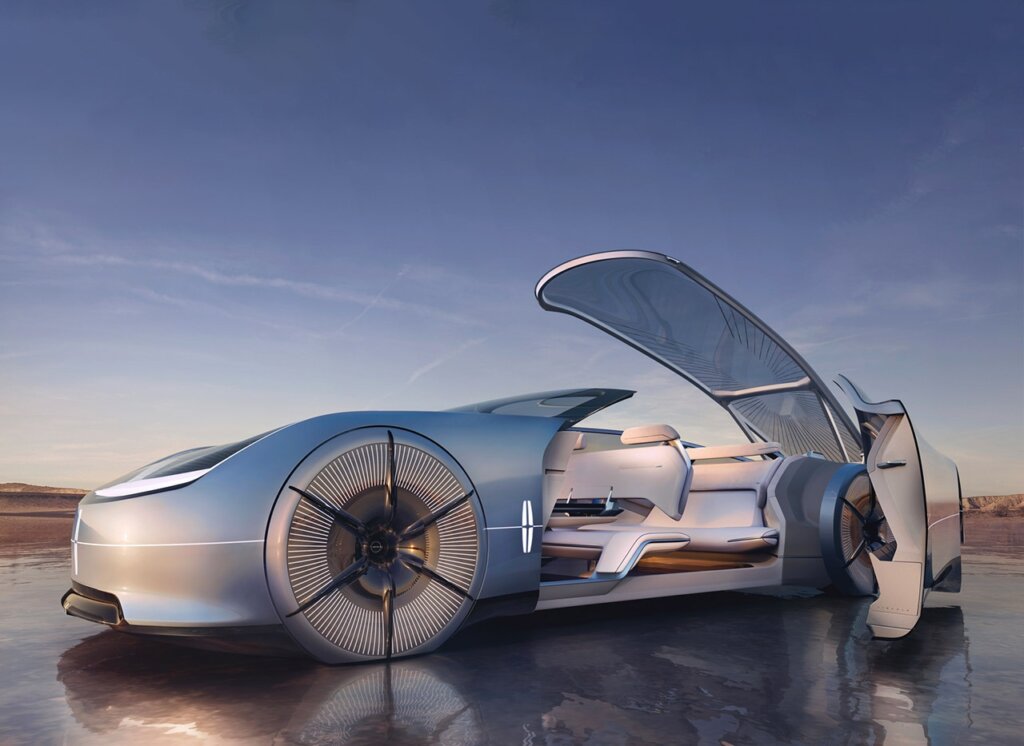
“It would be a dream come true to see that the electric cars produced with my new engine design are completely sustainable,” Sansone said, adding that his engine is now 16 years old.” said. he says he’s working on his own version. The young engineer adds that if the engine continues to work at high speed and efficiency, he will eventually start the patent process. We will see in the coming years whether this type of engine, which has the potential to make electric cars completely sustainable, will be used.
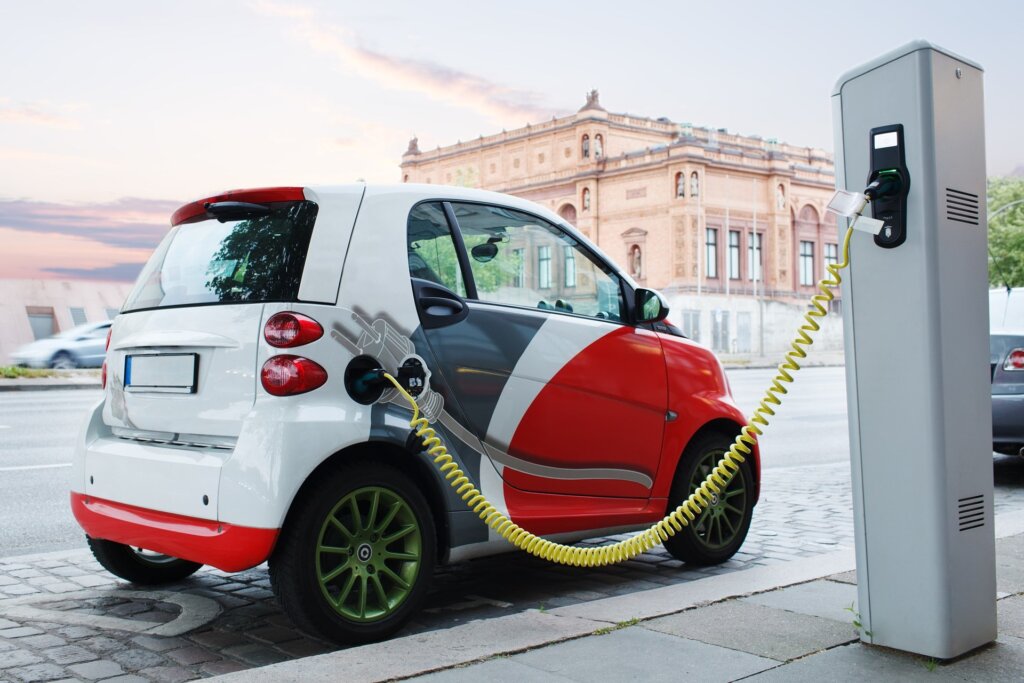
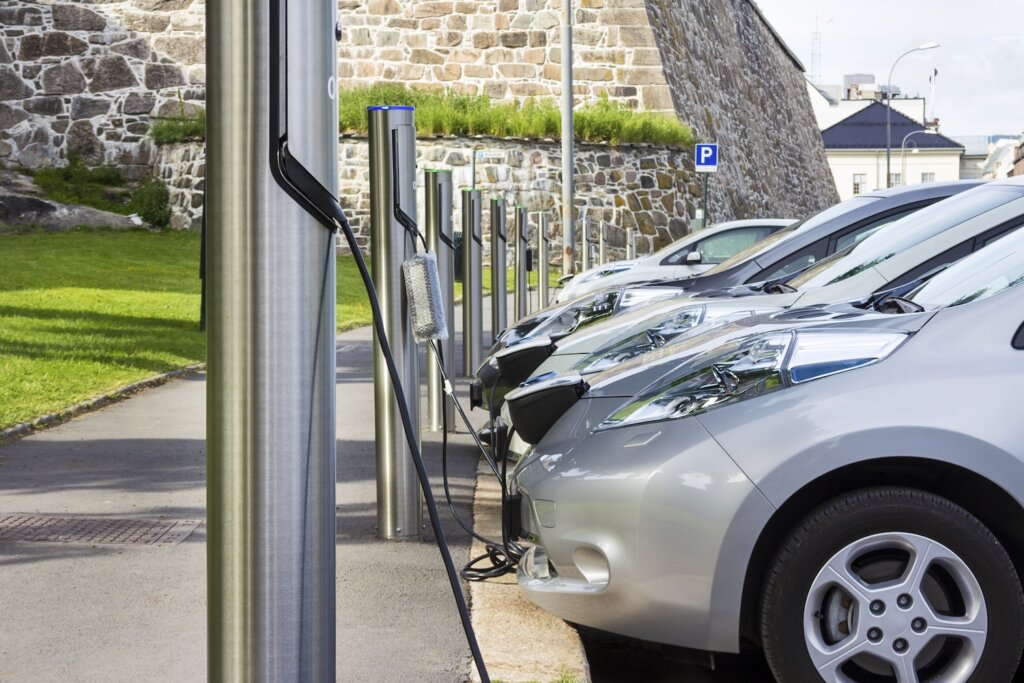
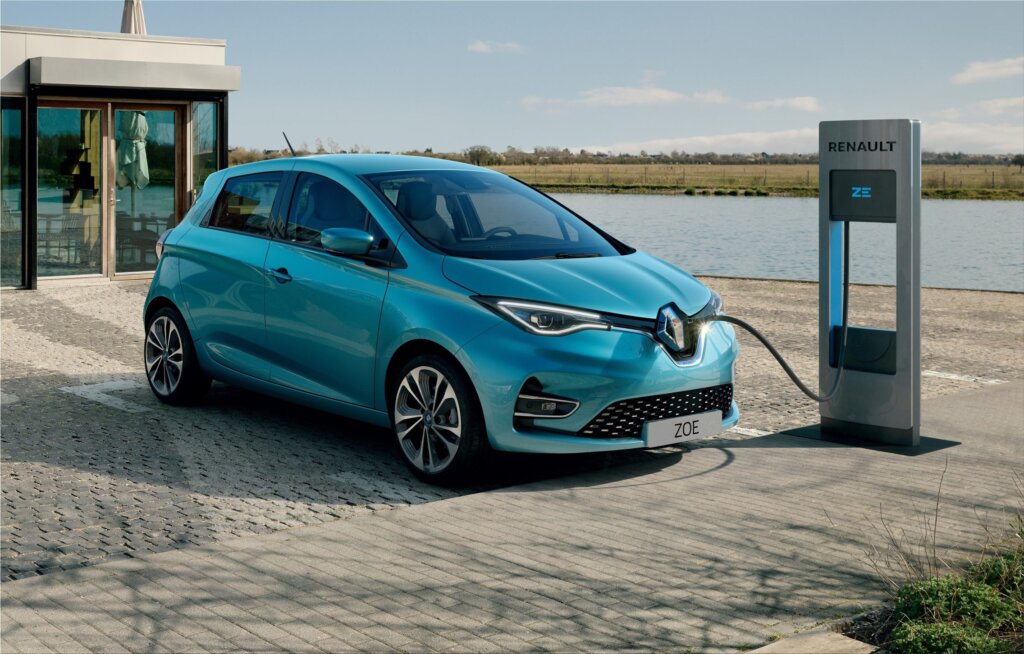
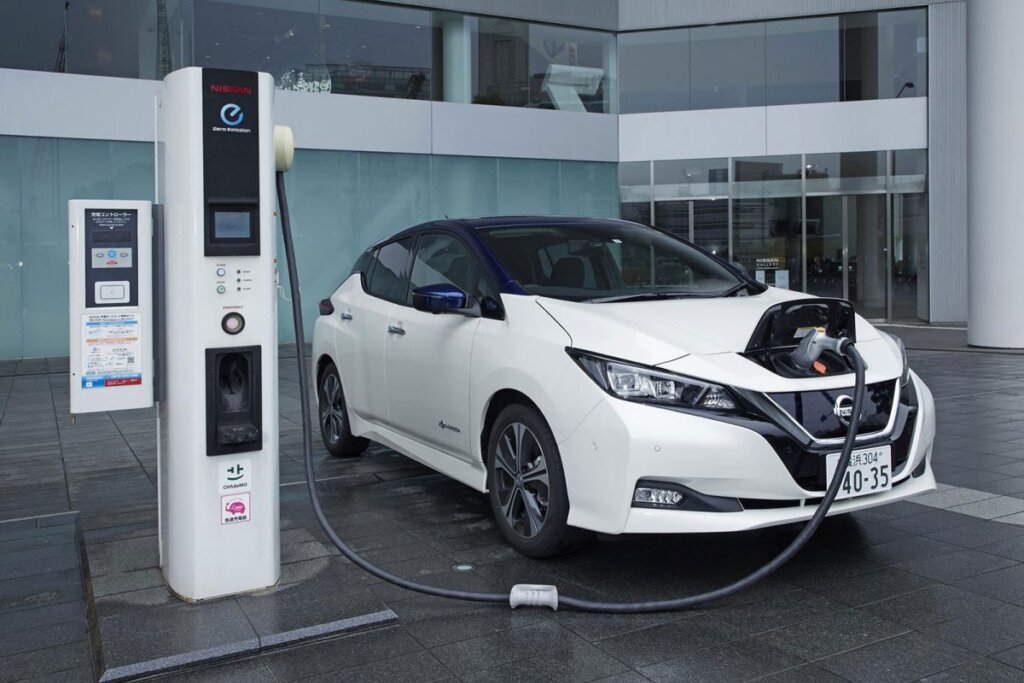
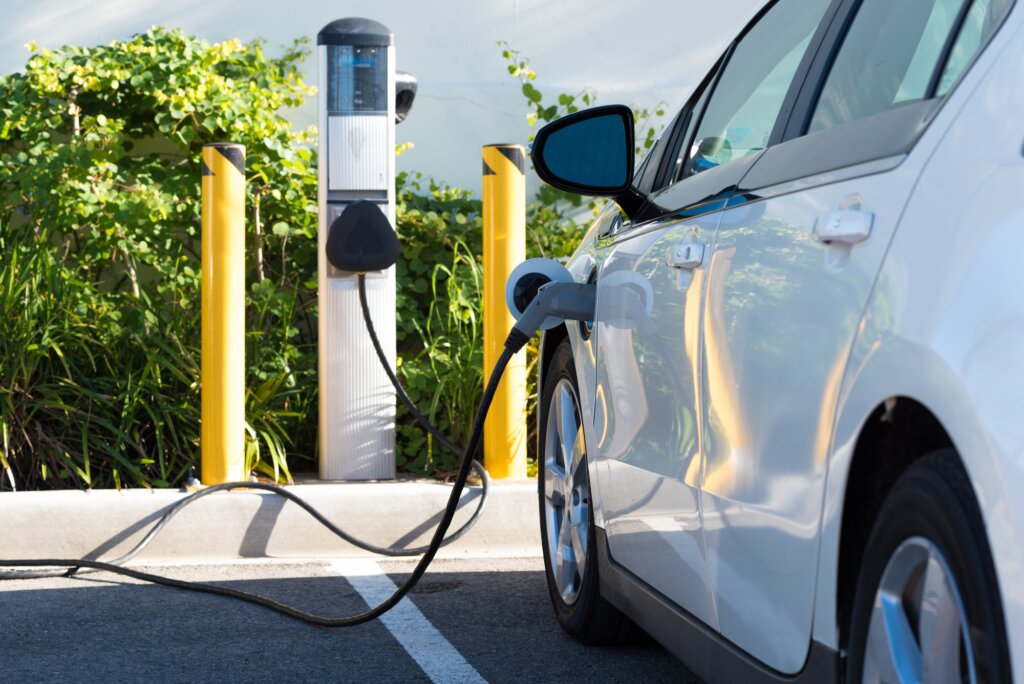
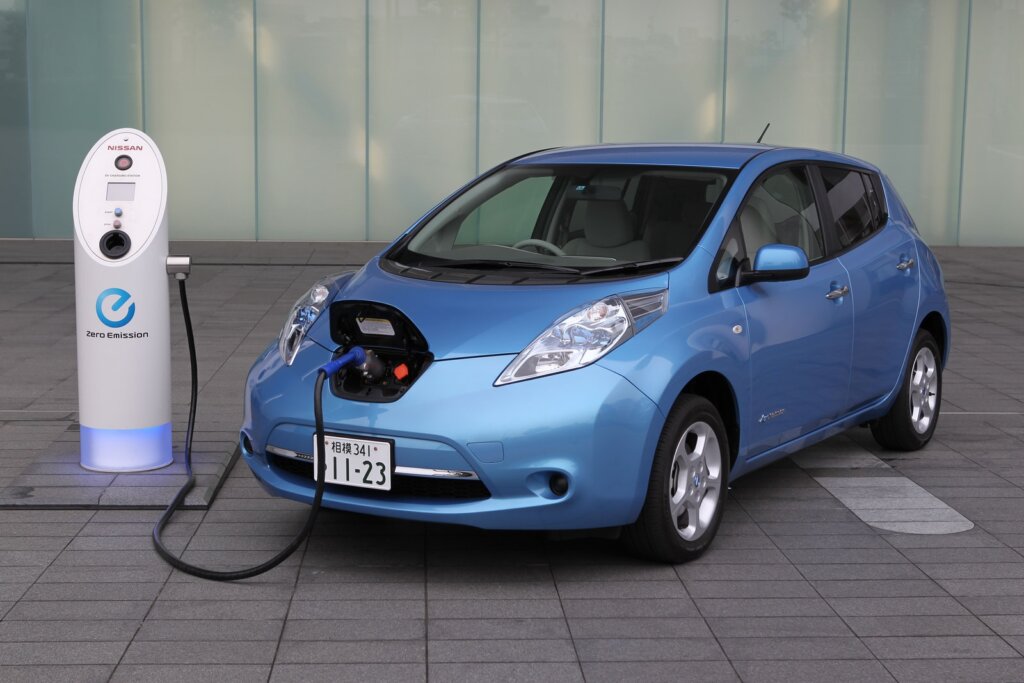
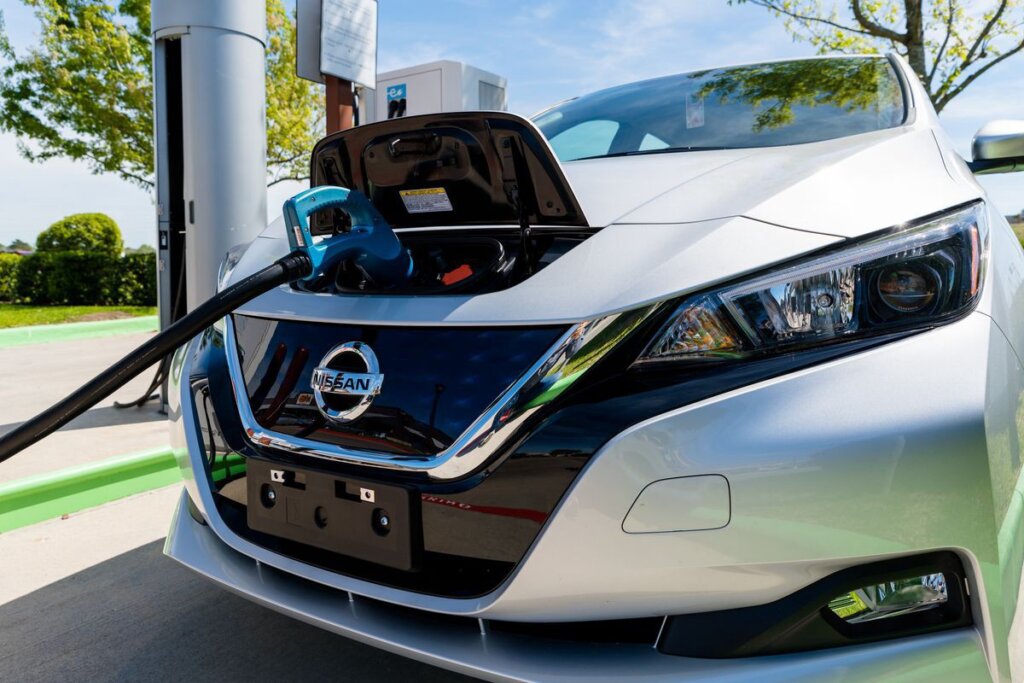
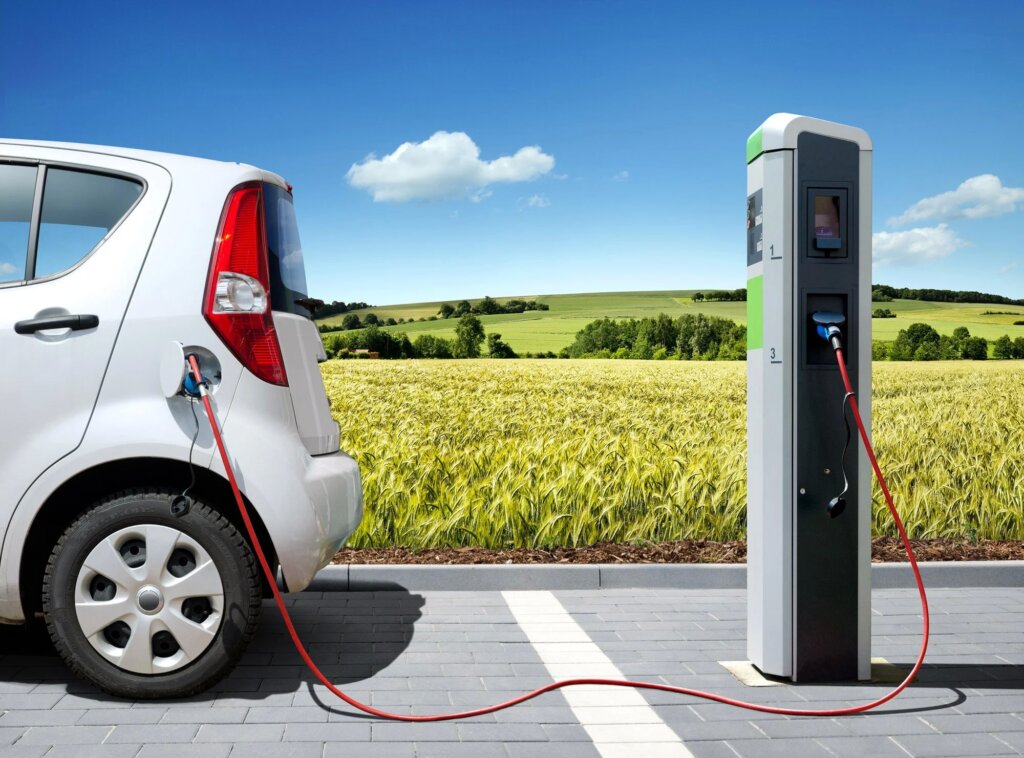
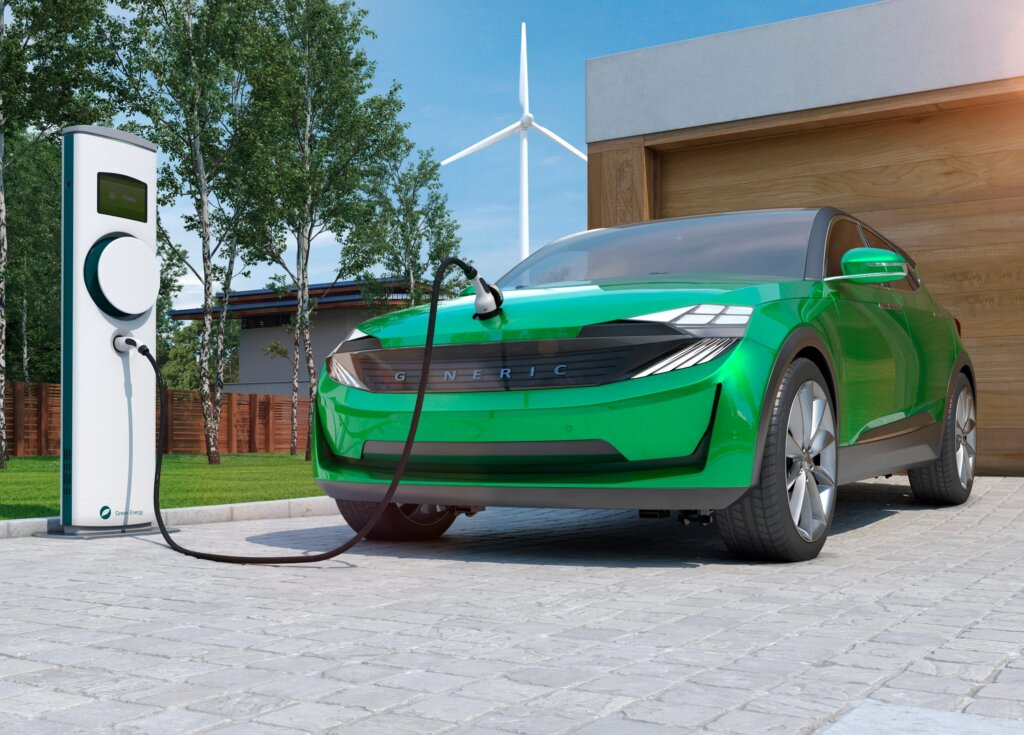
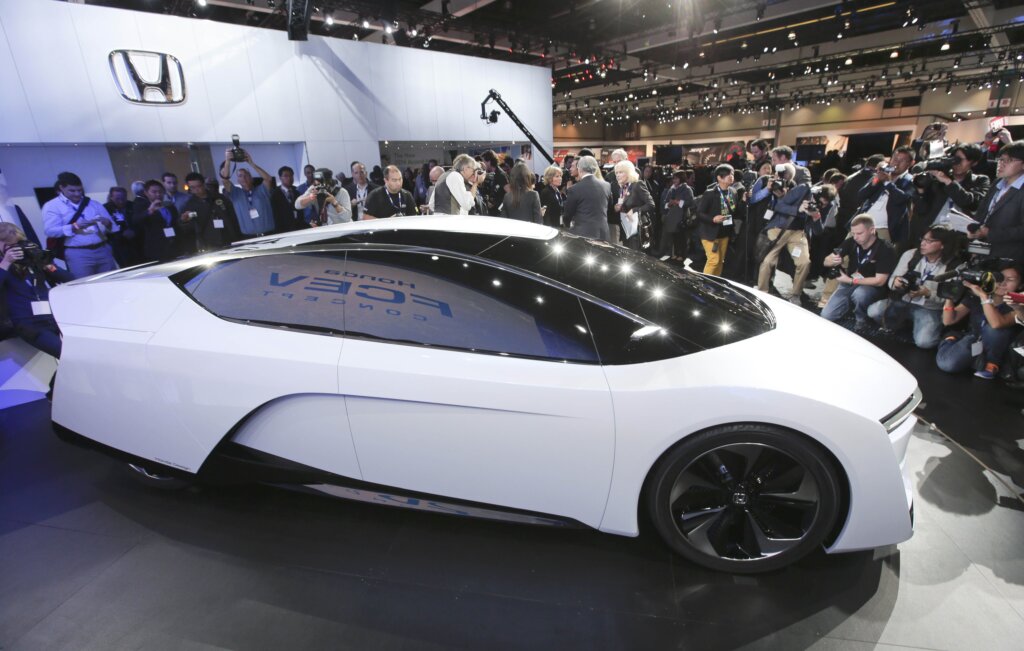
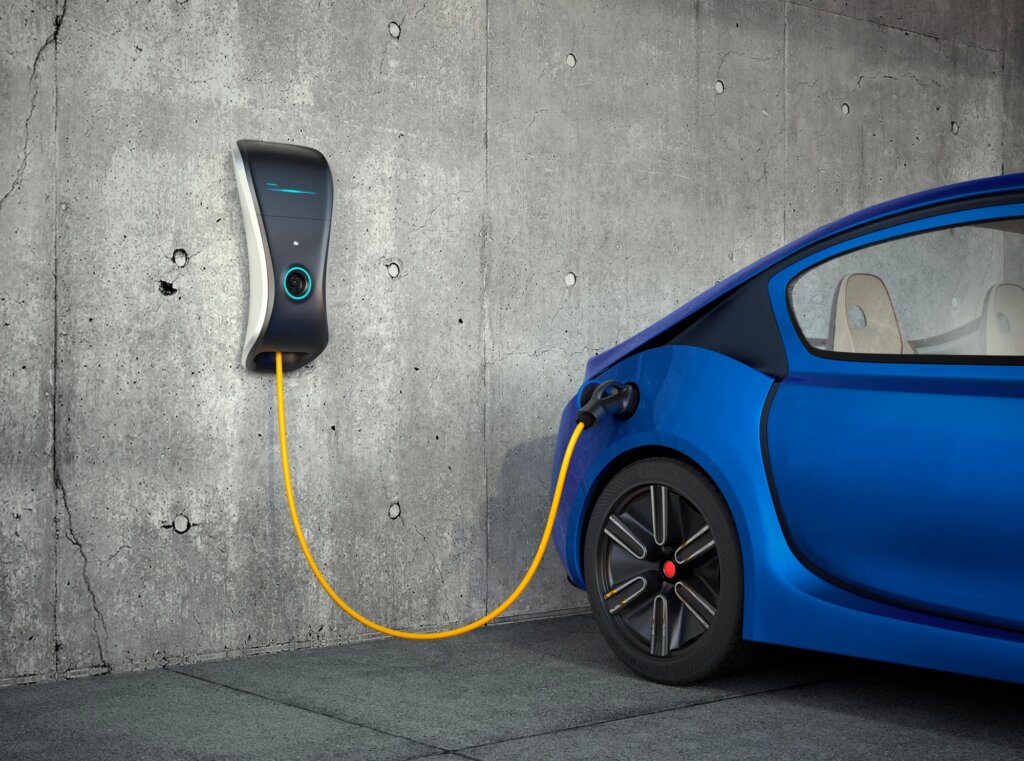
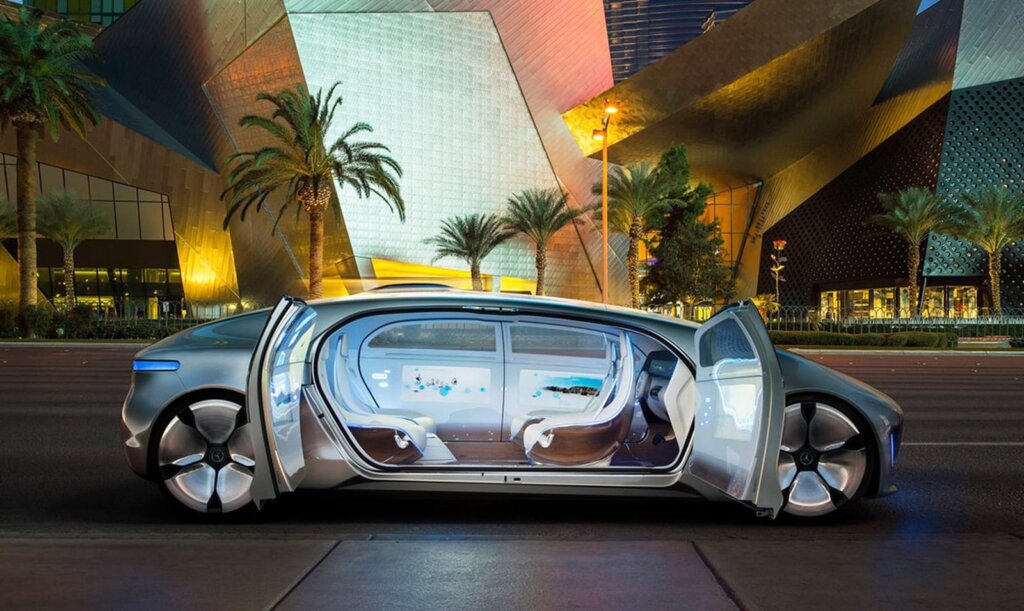

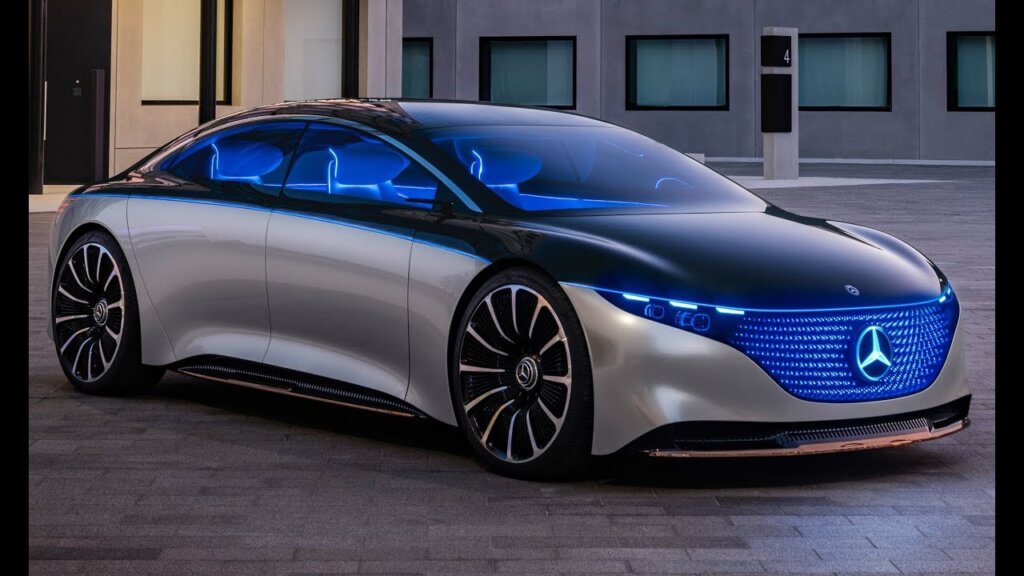
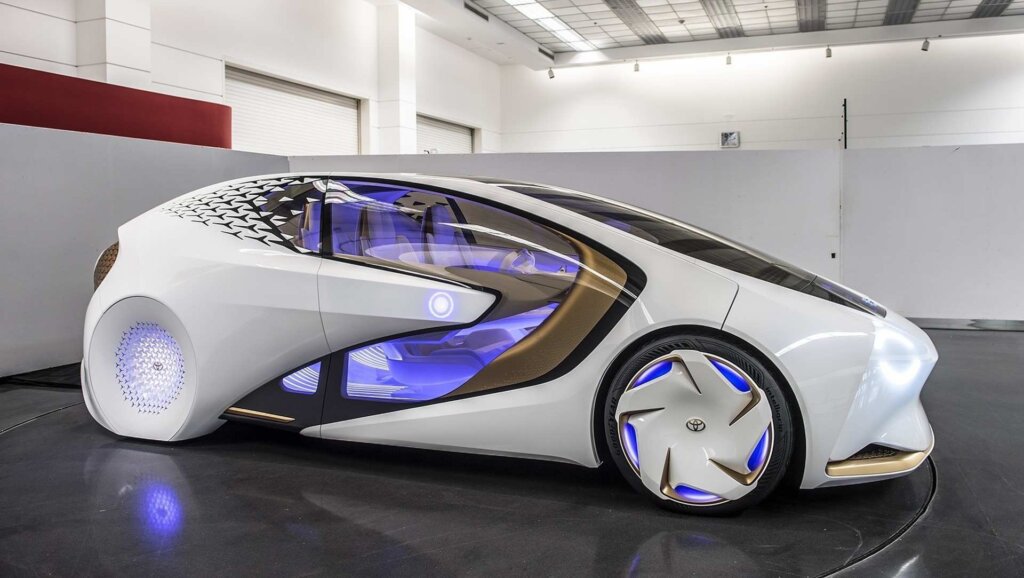
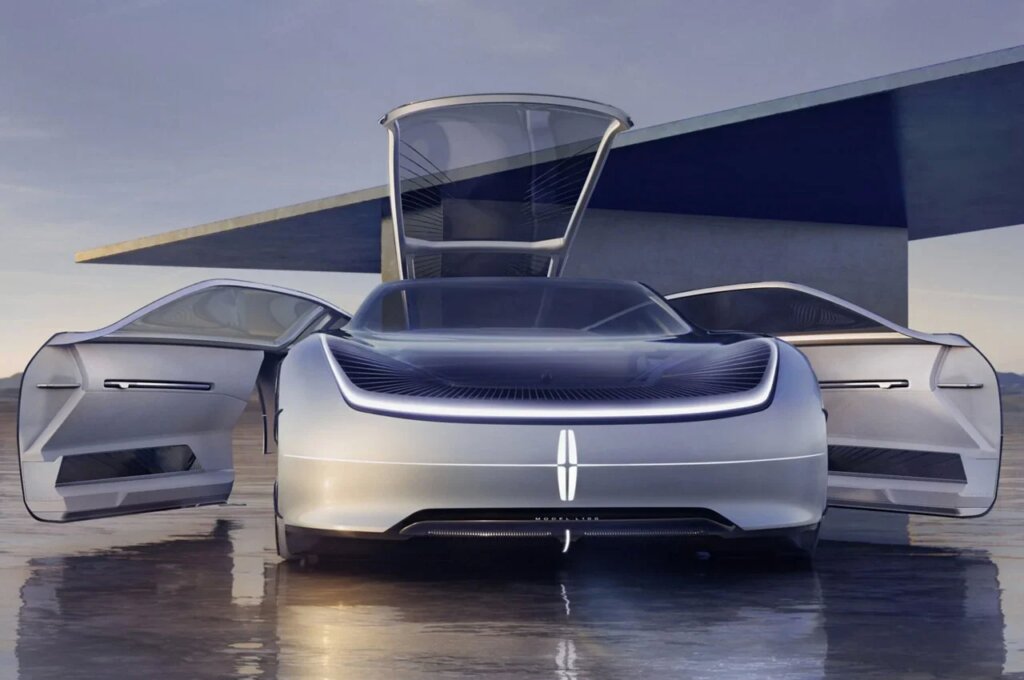
0 Comments